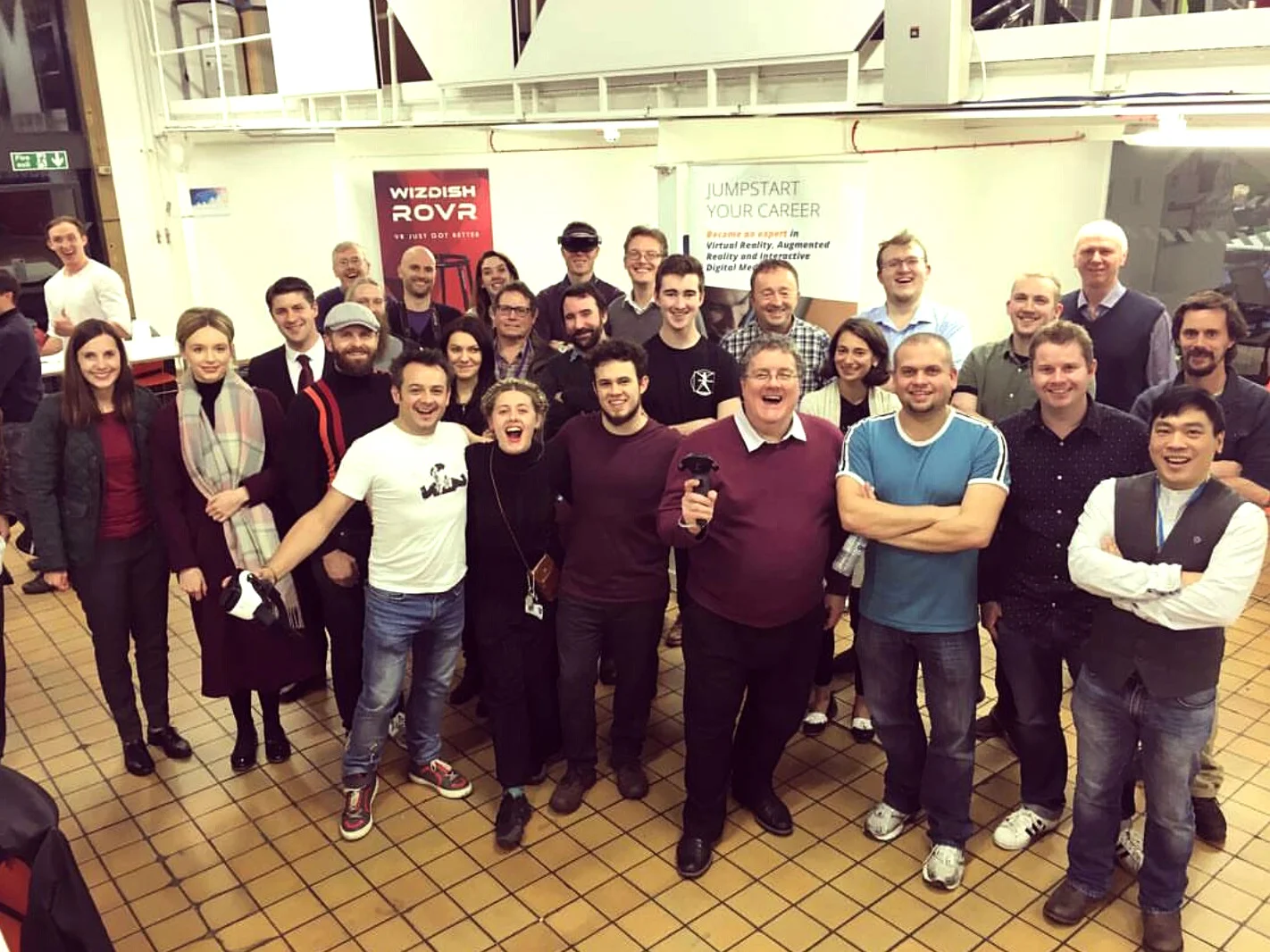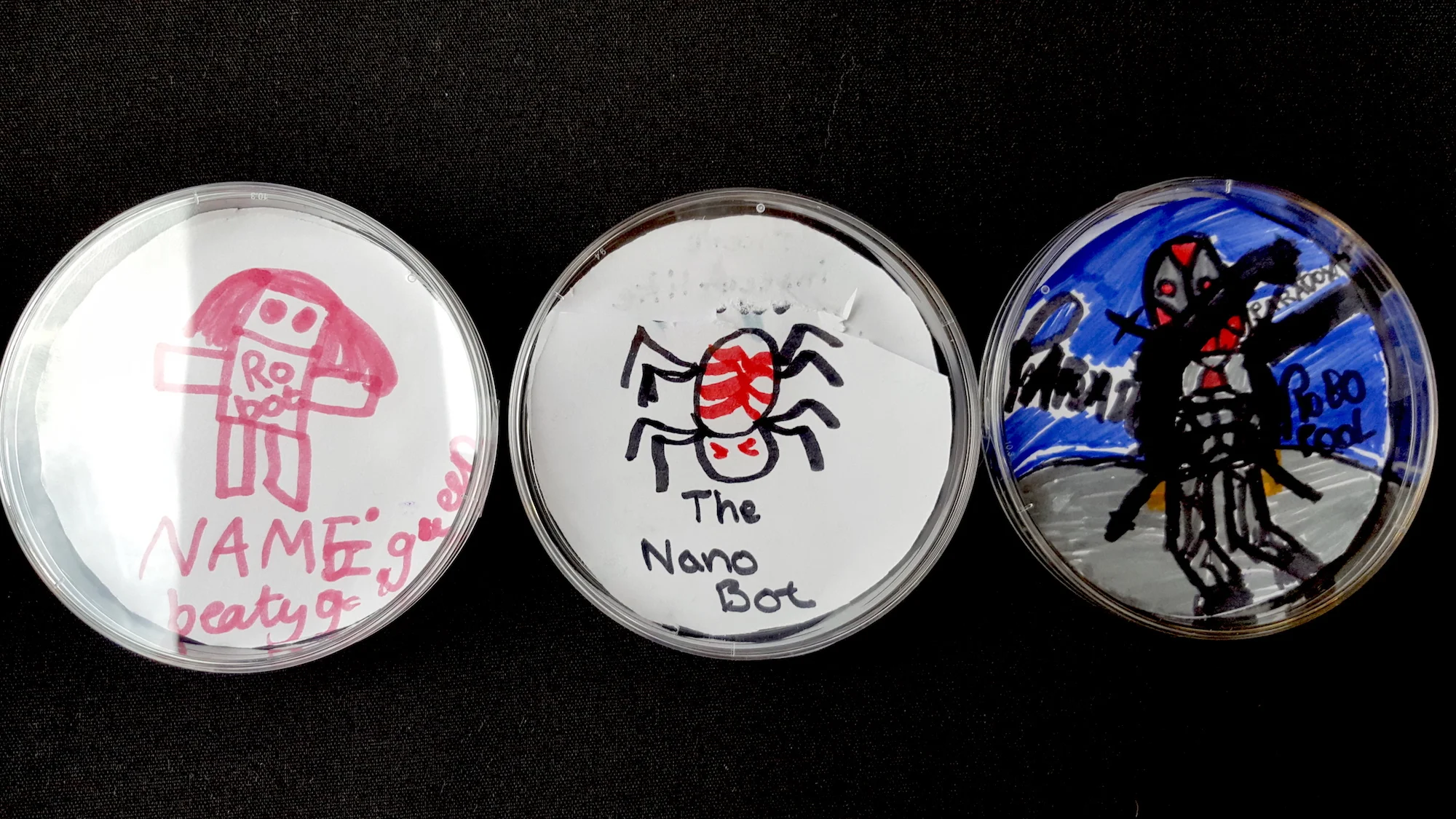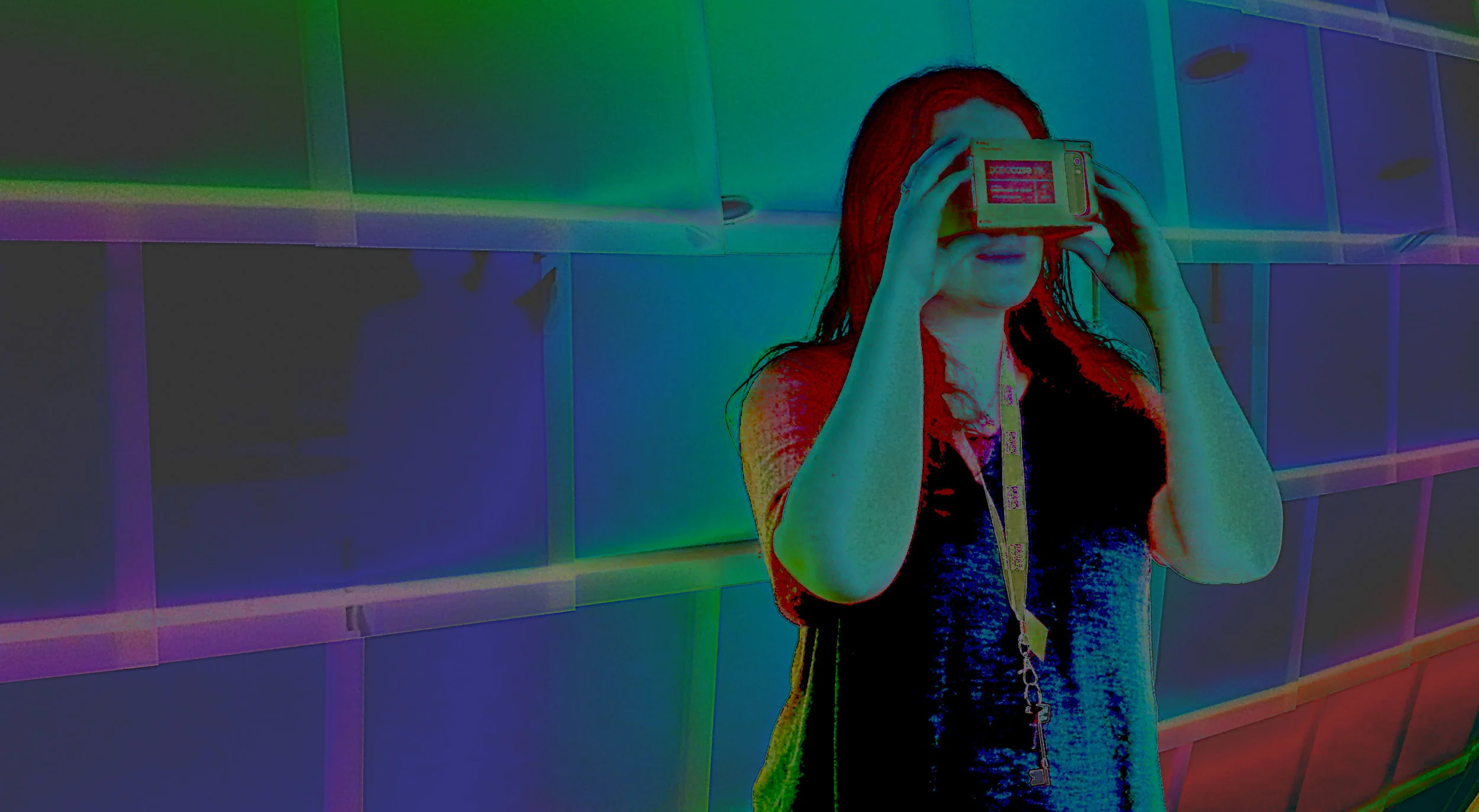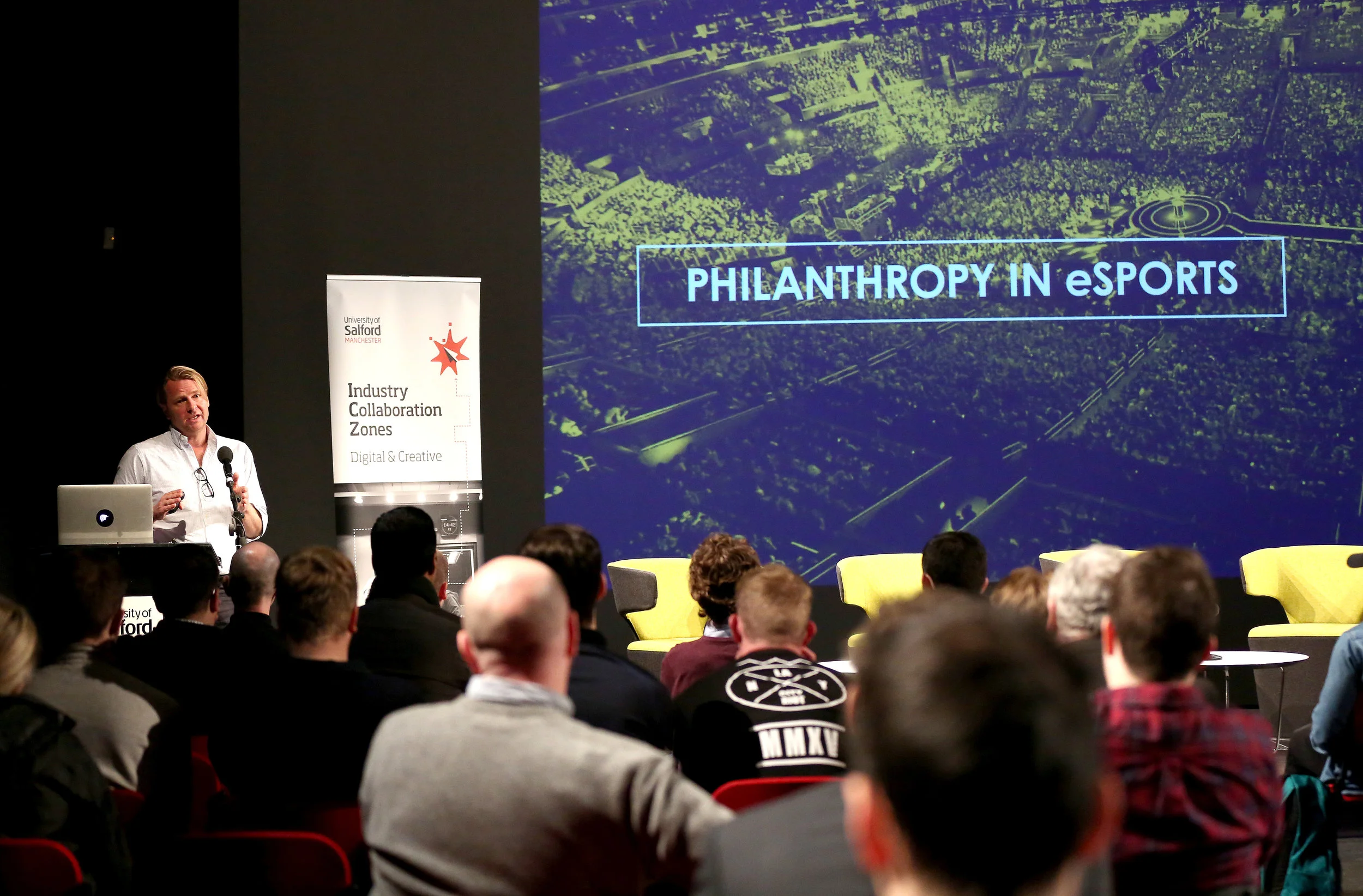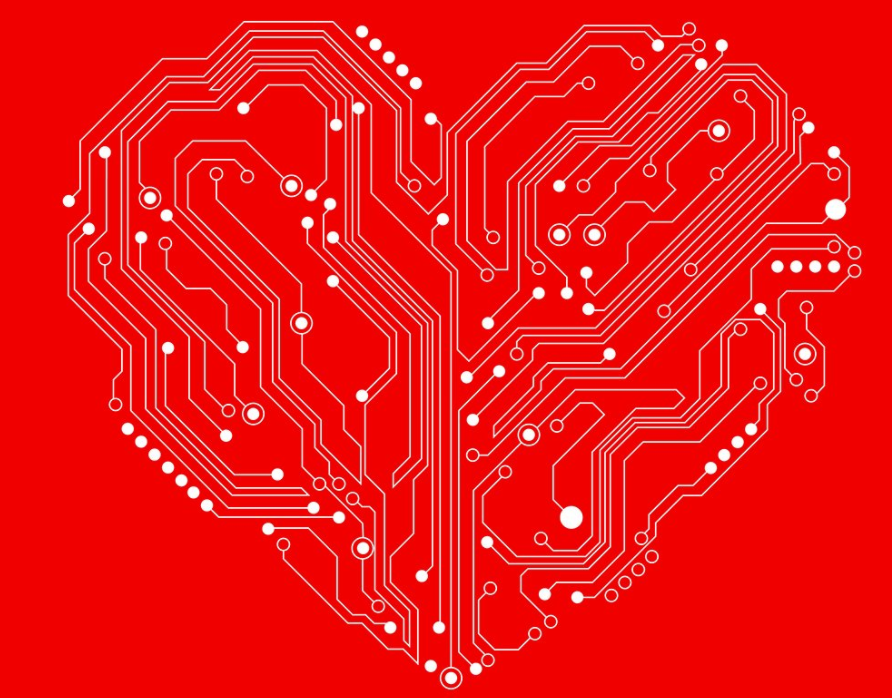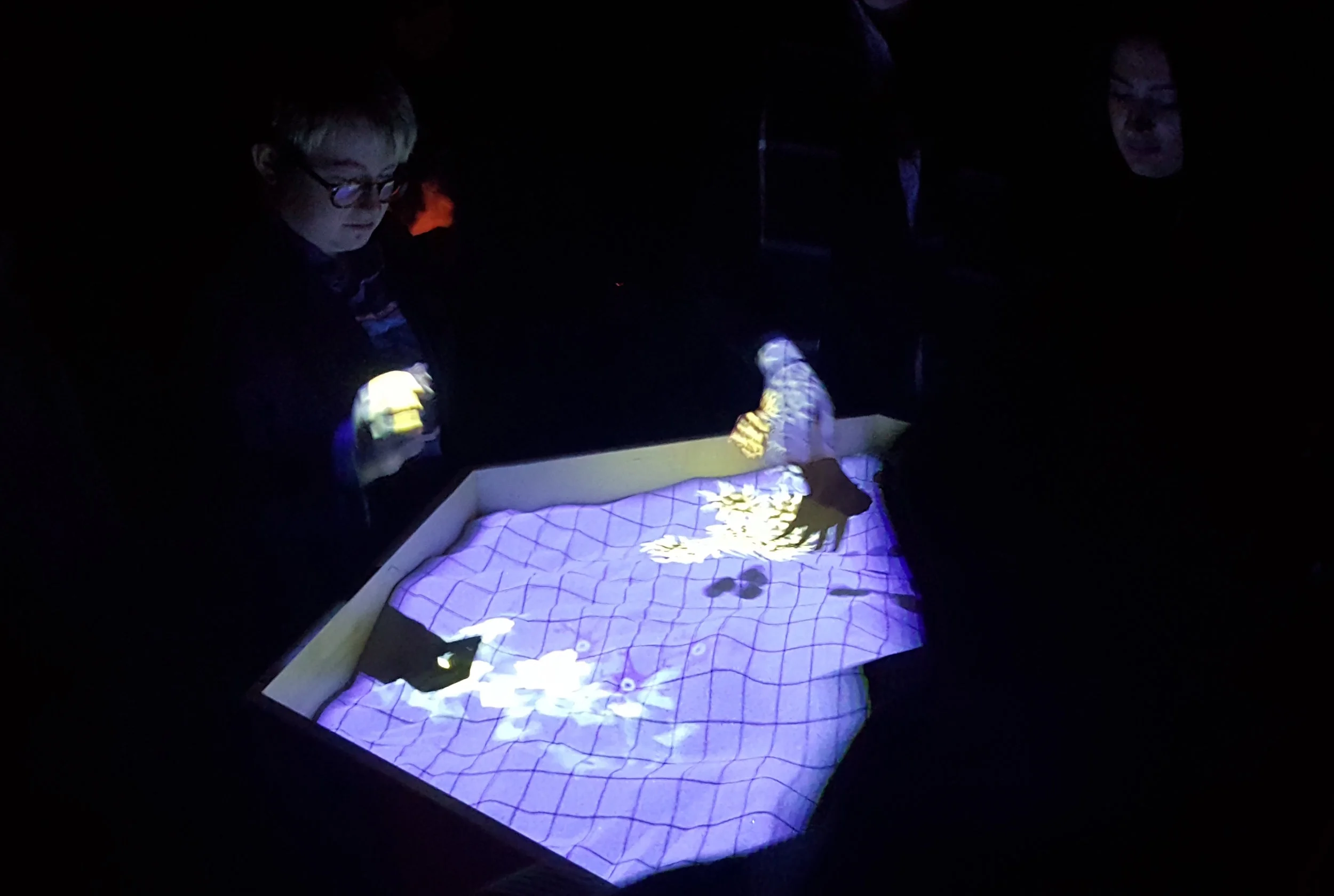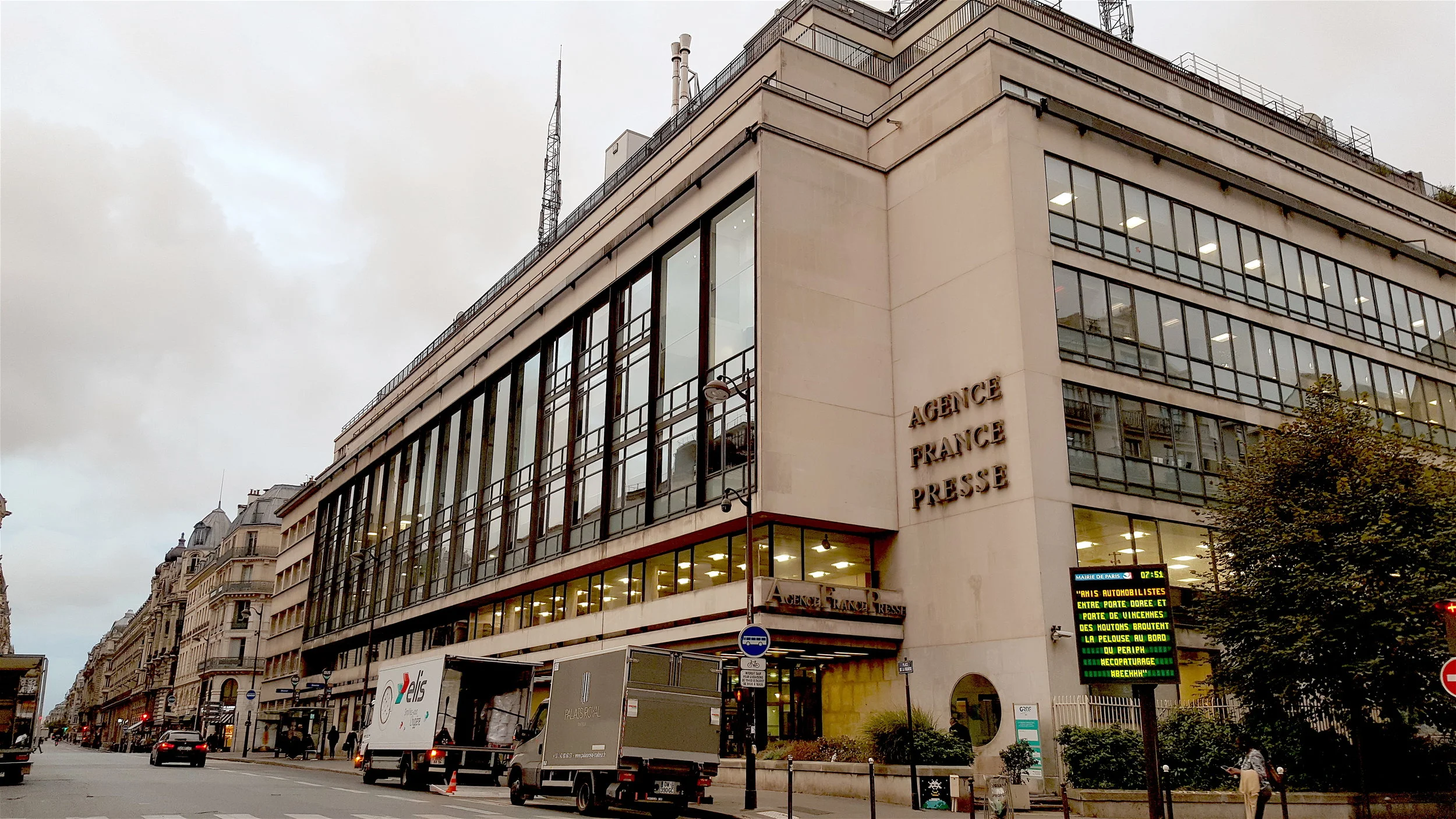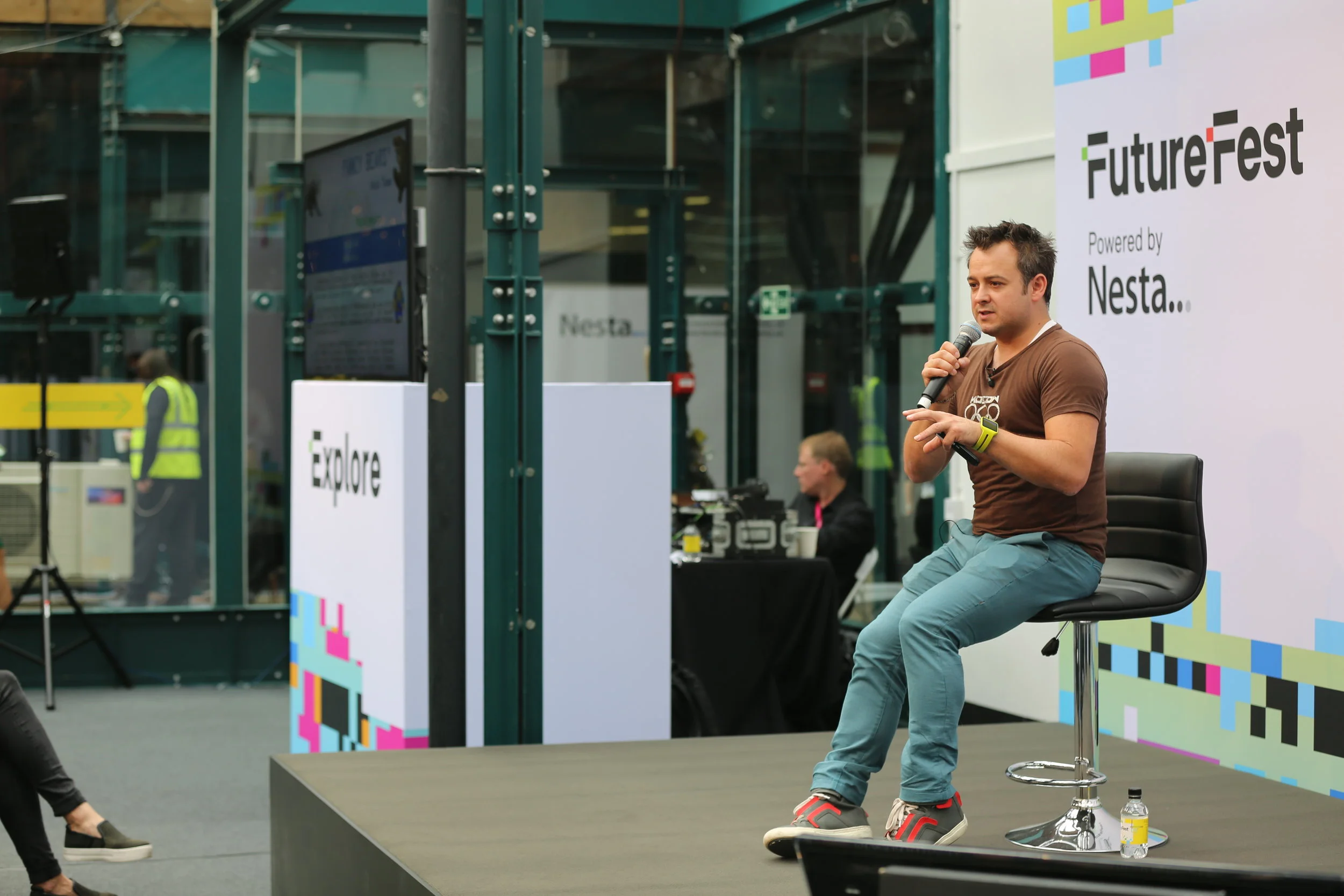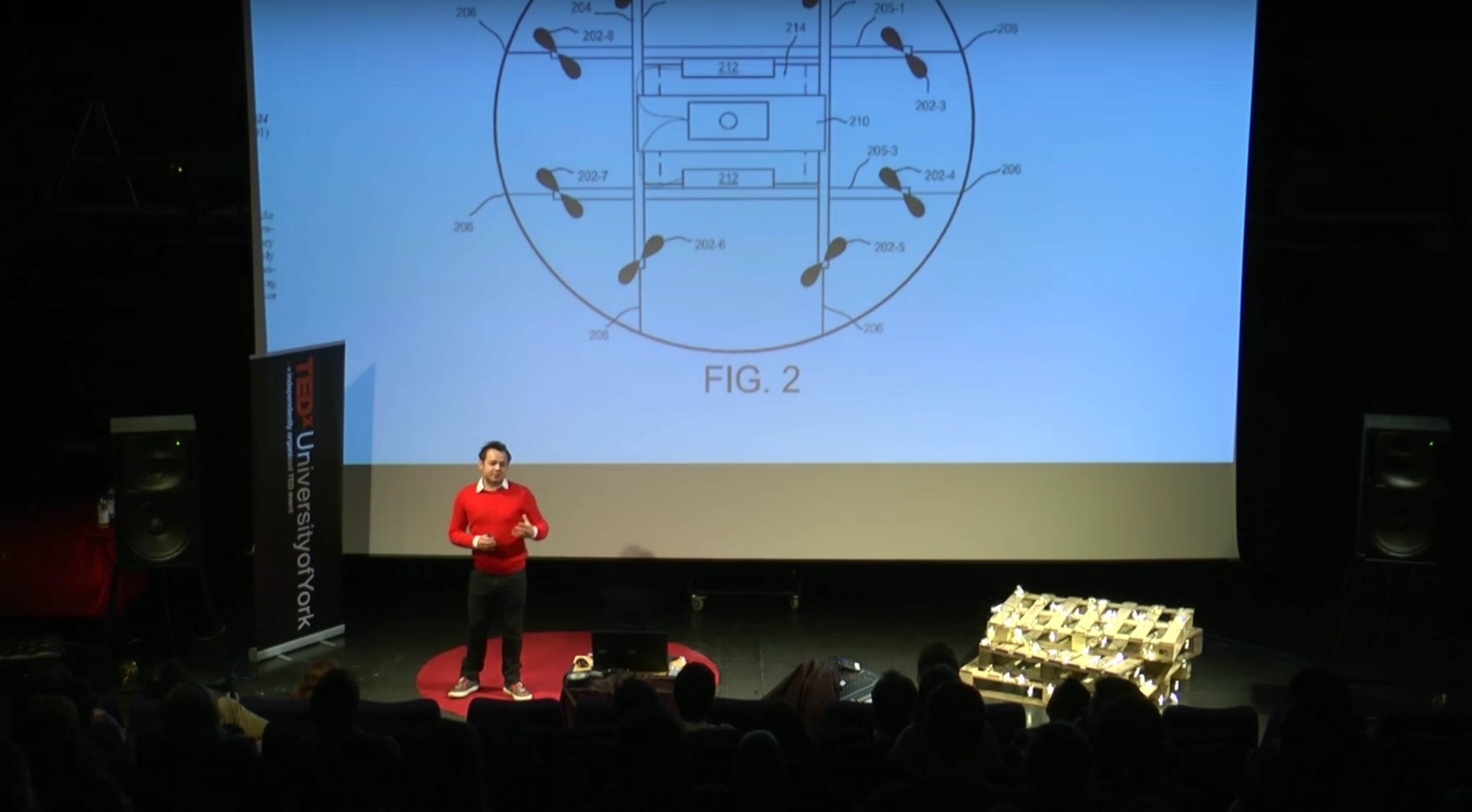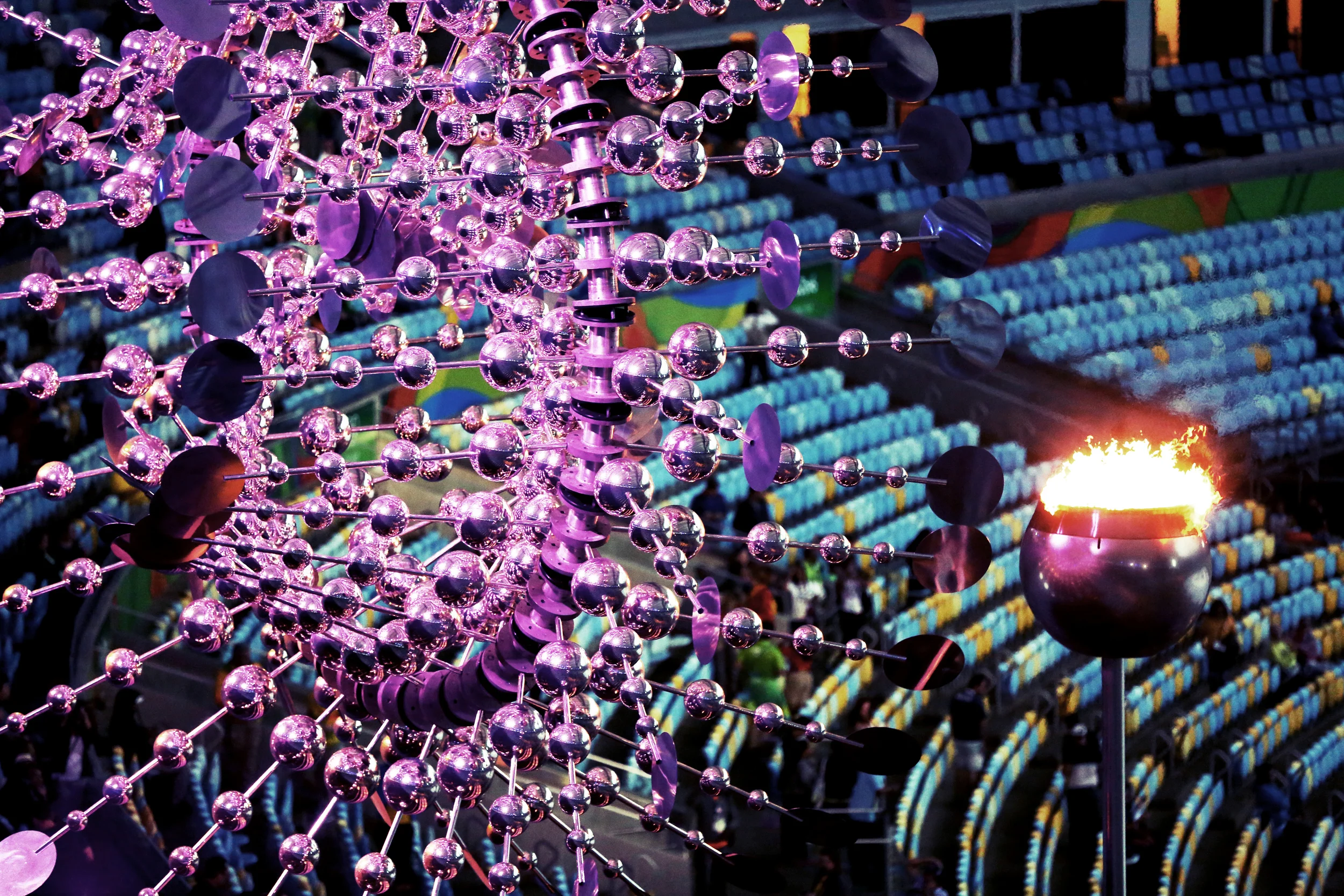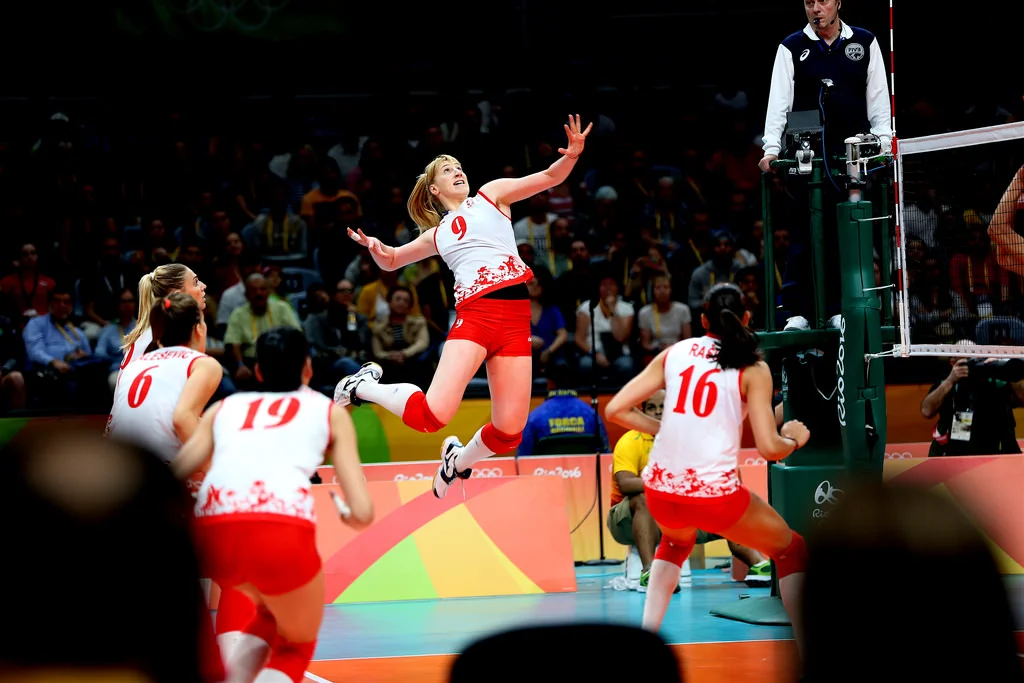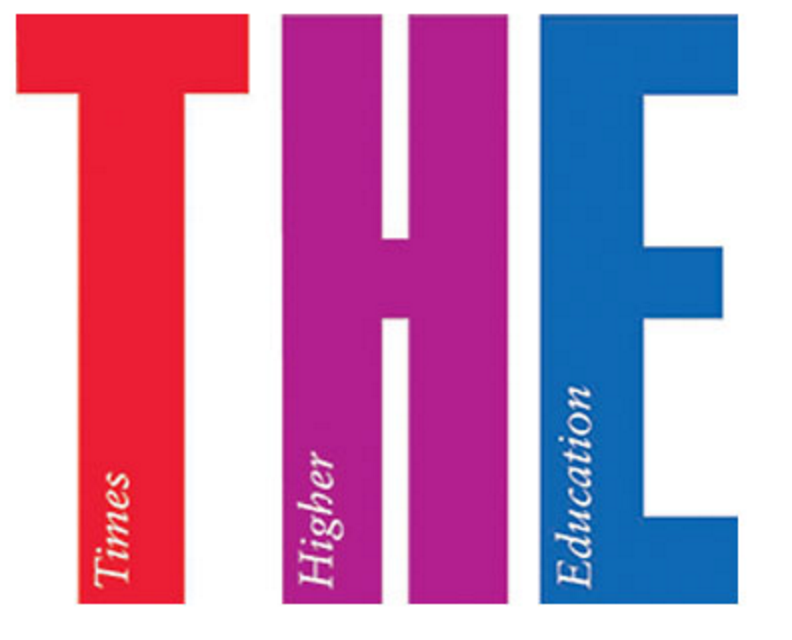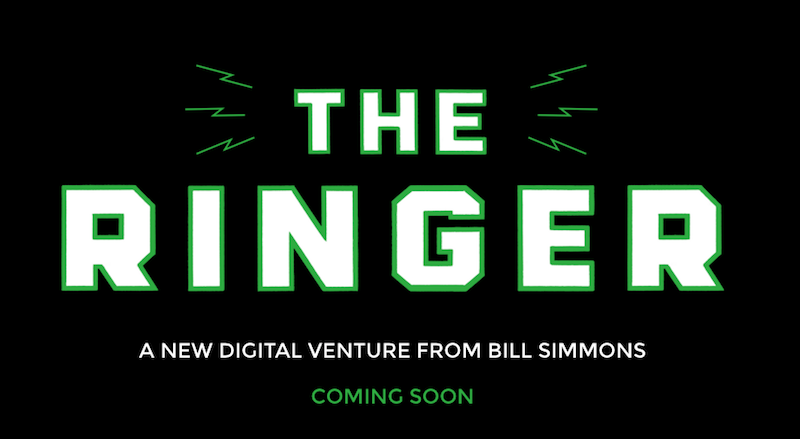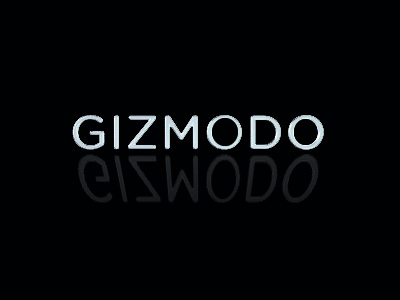Incredible images from Rio 2016, as photographers rise to meet social media challenges
Andy Miah, University of Salford
More than 1,500 of the world’s best photographers flocked to Rio for the Olympic Games, capturing inspiring and surprising images of the world’s biggest sporting event. From Reuters to National Geographic, the games draw professional photographers of all stripes – not just ones that cover sport.
Mario Tama (mariotama), Getty Images photographer. Currently based in Rio de Janeiro, Brazil by way of New York City.
Everyone’s a pro
But with the rise of digital and mobile photography, capturing the landmark moments of the Olympics is a much harder gig today than it used to be. Countless people inside the venues have their own high-quality cameras – and what they don’t manage to capture, they can find online from someone else in the audience, simply by following a hashtag on Twitter or Instagram.
This army of amateurs – which includes the athletes themselves – can even publish their photographs online without worrying about getting in trouble from the International Olympic Committee – provided they don’t use the images for commercial purposes.
Jessica Ennis-Hill (jessicaennishill) takes a selfie with Usain Bolt.
Getting creative
As a result, today’s professional photographers have to be more creative and more innovative than their predecessors. They have to develop a unique sense of what makes a photograph historically important. And even then, there’s a chance that someone will have the same idea; remember that iconic photograph of Usain Bolt smiling over his shoulder during the 100 metre heat? Well, there are actually two of these.
Cameron Spencer (cjspencois), Sydney based Getty Images staff photographer.
High tech
So, to set themselves apart from the crowd, professional photographers are having to use technology more creatively. There are some remarkable gadgets on show at Rio; from cameras which can go in the water and fly through the air, to rigs which can take 360° footage.
Bob Martin (bubblesontour), photographer and grandfather.
Working for free
Photographers are also having to share more of their work for free, in the hope that this exposure will help them to secure new commissions. Platforms such as Instagram, Snapchat and Flickr are key destinations for photographers to showcase their latest snaps.
Gary Hershorn (garyhershorn), NYC based photographer and photo editor. Former Reuters, now contributing to SilverHub Media and Getty Images.
Maintaining control
The challenge here is that controlling one’s images online is not so easy, as people repost, copy, and distribute often without seeking permission, paying royalties, or even attributing properly. One of the leading photo agencies, Getty, dealt with this recently by allowing people to use a certain number of photos online for free, using a simple embed code, which links the image back to their website.
Adam Pretty (adampretty).
Going mainstream
Newspapers still want to illustrate their front pages with the iconic image of any given sports event: the photo that everyone expects to see. New platforms attract millions of users, with reports already indicating that most social traffic comes from the photo and video sharing platform Instagram. Social media also creates a simple way of measuring images' popularity through “likes” or “favourites”. So the mainstream media has good cause to sit up and pay attention.
Fun social media stories are also a big hit at the games, as was true of US athlete Ben Kanute, who staged his own opening ceremony, when he couldn’t make the official one.
Mark Reis (mark.reis).
Avant garde artists
With the rise of citizen generated media, the photographer’s future may be in jeopardy: Instagram likes don’t always pay the bills. But challenges like these are often a catalyst for major shifts in how avant garde artists make new work. Consider Gerald Andel – one of the first Olympic Artists in Residence – who is using Twitter’s six-second video app Vine to make unusual work.
A new age
Photography is no exception and to get a glimpse of this transformation in the sports genre, take a look at the work of these extraordinary artists whose work may prove to be indicative of sport photography’s new golden age, where photographers have now become videographers, animators, and much more.
Nick Didlick Nikon Ambassador, professional photographer/videographer and digital imaging pioneer. Exploring and loving the intensely visual world we live in.
Donald Miralle (donaldmiralle), Photographer, Waterman, Husband, Father.“
David Burnett (davidburnettfoto), freelance photographer for National Geographic.
David Ramos (davidramosgetty) staff photographer with Getty Images in Barcelona.
Lucy Nicholson (lucynic) Reuters senior staff photographer. Born in London; based in LA, covering news, sport and features.
Jed Jacobsohn (jedjacobsohn).
Anthony Edgar (anthonyedgar888).
Al Bello (albello55), Sports photographer at Getty Images”
Christophe Simon (christophesimonafp).
John Lehmann (johnlehmann), staff photojournalist with the Globe and Mail based in Vancouver, Canada.

Andy Miah, Chair in Science Communication & Future Media, University of Salford
This article was originally published on The Conversation. Read the original article.



